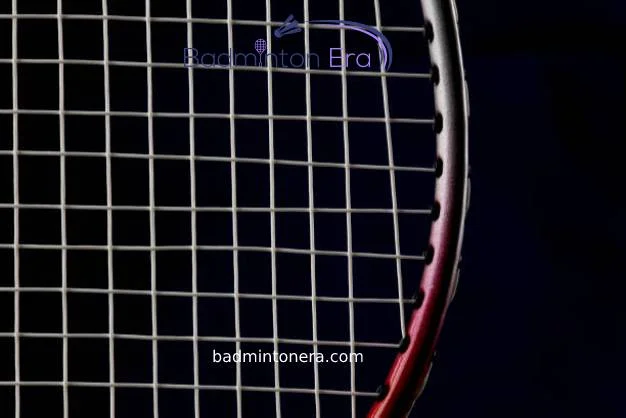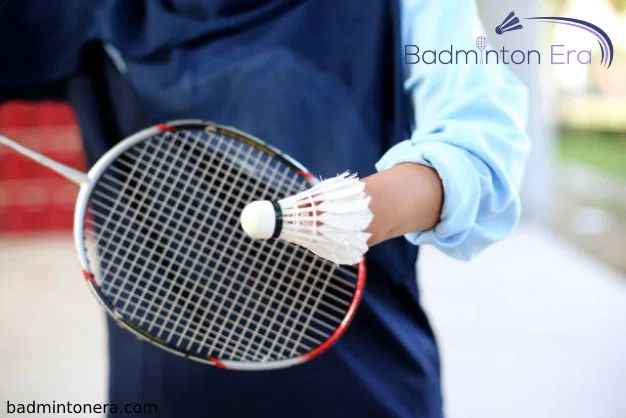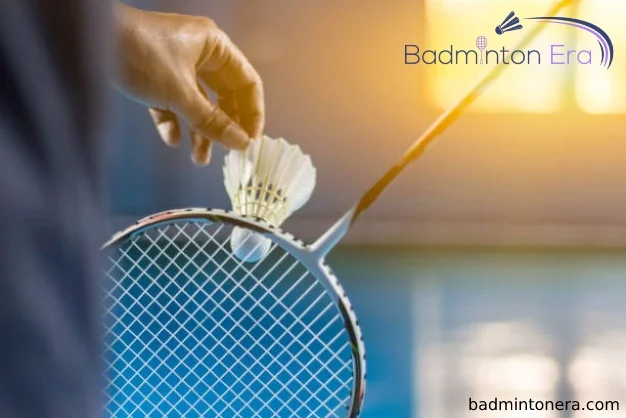How many Parts of a Badminton Racket?
Professional players must comply with specified requirements and all parts of a badminton racket. Although amateur players can use rackets of various sizes.
In regions of Europe and Asia, badminton is a favorite sport among young people. A fast-paced encounter is just a lot of fun. However, one needs to be ready for it. The key to all the excitement is the badminton racket.
The Badminton World Federation (BWF) has designated the badminton racket as the sport’s official word. It is a lightweight, easy-to-handle object.
While badminton rackets come in various sizes and lengths for children, adults, and recreational players, professional players must use rackets that meet specific requirements for length and width.

Let’s examine the requirements established by the BWF:
The five essential parts of badminton rackets are the stringed area, the head, the throat, the shaft, and the handle. A frame is a collective term for the racket.
The entire width of the frame is limited to 230mm, and its maximum length is 680mm.
Playing badminton involves using a racket to hit a shuttle, a little item that resembles a rubber ball with a ring of feathers attached to it, back and forth over an elevated net. Despite being lightweight, the badminton racket is robust. These rackets were once made of wood, but they are now constructed of high-tech materials. The rules governing the components, form, shape, and weight of badminton rackets used in competition are set out by the Badminton World Federation (BWF).
Parts of a Badminton Racket
Stringed Area:
It is the area of the racket head where the strings are entwined. It goes without saying that the string area refers to the netting portion of the badminton racket that the player will use to hit the shuttlecock.
The flat stringed region and alternate interlacing of the cross-string pattern when they cross each other are requirements of the BWF regulations.
It is recommended that the string pattern be consistent in appearance and not thick since more string results in less string tension across the strung region.
The string’s total width must not exceed 220mm, and its overall length must not be more than 280mm.

Frame:
The area of the head where the strings are fastened is called that. The frame is the actual body of the racket. The head, the strung portion, the throat, the shaft, and the handle make up the instrument. The frame cannot be wider than 230 millimeters or longer than 680 millimeters, according to BWF regulations. A properly strung frame ought to weigh between 80 and 100 grams. Depending on the materials and methods of manufacture, frames can have a variety of geometries, greater or smaller sweet spots, and varying degrees of flexibility.

The Head:
The “head” of the badminton racket refers to the region that surrounds the strung section.
Now, professional players typically employ oval-shaped heads because they desire their shots to have greater force.
The “isometric head,” on the other hand, is a different form where the racket is wider at the top. The broader nature creates a larger “sweet spot”; the part of the badminton racket that best contacts the shuttle, giving players more opportunities to smash the shuttle more accurately. However, amateur badminton players often employ this rather than professionals.
The Throat:
This component of the racket links the head to the shaft. And supports the head by acting as a stable base. As some badminton rackets link the head and shaft directly, this component is optional.
The strung area of rackets without throats can be enlarged. The expanded limit, however, should ensure that the entire length of the strung area does not exceed 330mm and can have a maximum width of 35mm.
THE Spiel/ Shaft:
It is the extended portion of the rocket that extends from the handle to the head’s end. The section of the badminton racket connecting the handle to the head or, in certain situations, the throat is called the shaft. The shaft’s length and breadth are not specified in any way.
The lever/ Handle:
Players must grasp this area of the badminton racket to hold it. It features a larger end to prevent the player’s hand from slipping on the handle. The handle, which the player grips at the bottom of the racket, is undoubtedly the most crucial component.
A player’s comfort level with the racket is frequently influenced by how easily they can hold the handle. It can also affect their performance that day if they are a professional player.
The handle’s length and breadth are up to the individual player; there are no set measurements.
Other than for wear and tear prevention, such as applying short tape to the stringed area, weight distribution, or securing the handle by a cord to the player’s hand, the BWF laws also state that the racket should not have any attached objects. This is provided that the measures are reasonable in size and placement.
A fixed, elongated form and the absence of any attachments that may significantly alter the shape of the badminton racket are other requirements.
Heads and Handles:
The two most common shapes for racket head frames are the traditional oval and the isometric. Typically, 20 to 22-gauge threads with a tension of 20 to 30 pounds are used to weave the string bed. Some designs directly join the shaft to the head’s frame, while others attach the shaft part of badminton via a throat portion. The head, or throat, is joined to the handle via the shaft.
Final Thought:
Thus, lightweight badminton rackets with an oblong-shaped striking web are used in the sport. The shuttlecock is struck through a netted hoop on the handled frame of the racket. Few of the best rackets on the market, without strings and grips, weigh between 70 and 95 grams (2.4 to 3.3 ounces).
Making the rackets lightweight and durable is the main goal while making them. Therefore, materials like graphite, reinforced plastic, and solid steel are used to make these rackets. Typically, different materials are added to steel rackets to improve their performance.







